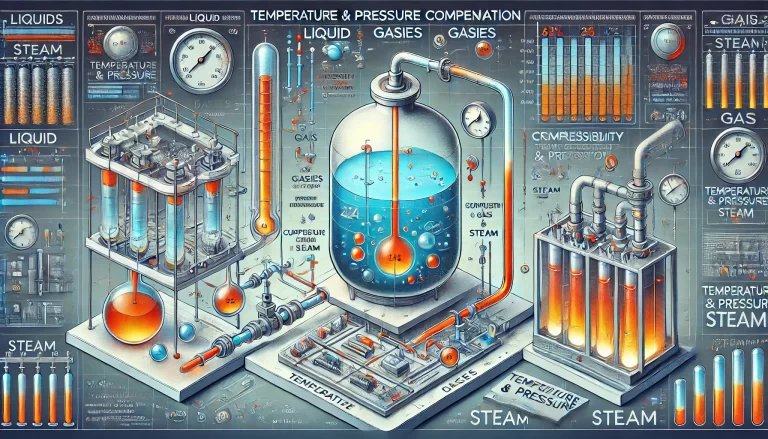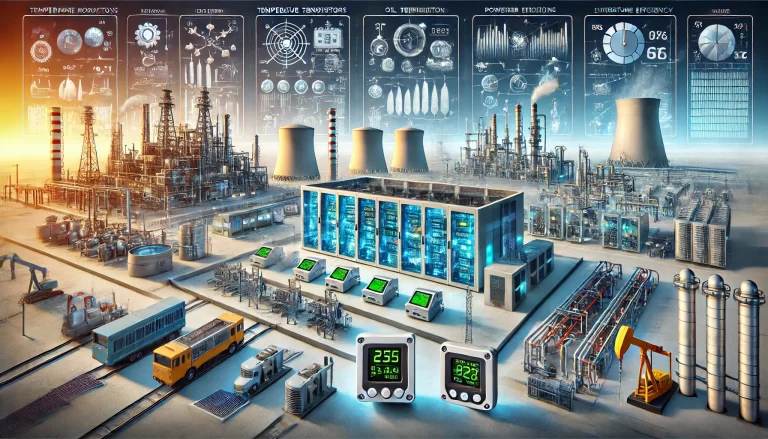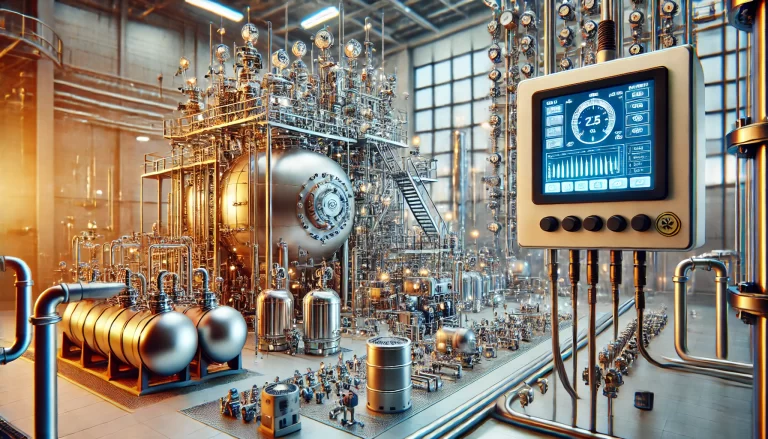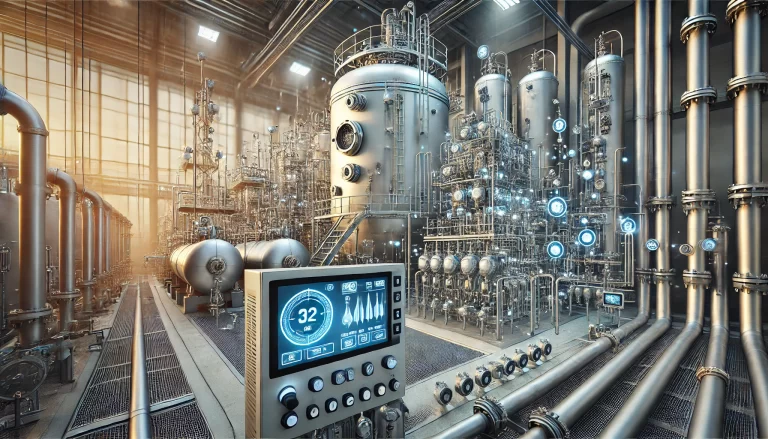In industrial, engineering, and scientific research fields, temperature is a critical parameter. Whether it is chemical reactions, physical processes, or machine operations, temperature directly affects efficiency, safety, and sustainability. Specifically, three key temperature concepts—medium temperature, process temperature, and ambient temperature—are crucial in designing, monitoring, and optimizing various equipment and systems. This article will explore these three types, their applications, interrelationships, and the implications for industrial processes.

1. Medium Temperature
Medium temperature refers to the temperature of the working medium (such as gas, liquid, or solid) used or flowing within a system. The medium plays a key role in heat and mass transfer, and its temperature is typically controlled via heating or cooling systems. Managing medium temperature efficiently is essential for heat exchange efficiency, energy consumption, and system stability.
Applications:
Cooling Systems: In many industrial facilities, cooling water or refrigerants act as heat transfer media. The control of medium temperature determines the efficiency of the entire cooling system. Overheating can lead to equipment failure and reduced system performance.
Example: In power plants, cooling towers regulate water temperature to ensure turbines function optimally.
HVAC Systems: Heating, ventilation, and air conditioning (HVAC) systems rely on medium temperature adjustments to regulate indoor environments.
Example: Chilled water loops in large commercial buildings maintain comfort levels and prevent overheating.
High-Temperature Applications: In processes like metal forging and glass manufacturing, the medium temperature of molten materials must be precisely controlled to ensure structural integrity.
Example: In steel production, blast furnace medium temperature affects the quality of the final product.

2. Process Temperature
Process temperature refers to the temperature of materials or reaction systems at a specific stage in an industrial process. It is often measured in enclosed or semi-enclosed systems and directly affects production efficiency, product quality, and energy consumption.
Applications:
Chemical Industry: In chemical reactors, reaction temperature must be precisely controlled to ensure optimal reaction rates and product yields.
Example: Polymerization reactions in plastic manufacturing require strict temperature control to avoid undesired side reactions.
Food Processing: Many food production methods depend on maintaining an appropriate process temperature.
Example: In bread baking, fermentation occurs best at 25–30°C, while baking requires temperatures around 180–220°C to achieve the right texture.
Pharmaceutical Industry: Drug production involves controlled process temperatures to maintain stability and efficacy.
Example: Vaccine storage must be maintained at -20°C or lower to ensure potency.
Semiconductor Manufacturing: Process temperature is vital in chip production, as fluctuations can cause defects in microelectronics.
Example: Etching and deposition in semiconductor fabrication require cleanroom conditions with temperatures precisely maintained within ±0.1°C.

3. Ambient Temperature
Ambient temperature refers to the external environmental temperature surrounding a system. Unlike medium and process temperatures, ambient temperature is not directly controlled but significantly affects equipment performance and heat exchange efficiency.
Applications:
Electrical Equipment: High ambient temperatures can cause overheating and failure of electrical devices.
Example: Transformers require cooling mechanisms when operating in hot climates to prevent insulation breakdown.
Data Centers: Server farms generate heat, and excessive ambient temperature leads to performance degradation.
Example: Modern data centers implement advanced cooling solutions, such as liquid cooling or AI-based airflow management, to maintain optimal temperatures.
Aerospace & Extreme Environments: Equipment used in aviation, space, and Arctic conditions must withstand extreme ambient temperatures.
Example: Jet engines in high-altitude flights operate under ambient temperatures as low as -50°C, requiring specialized thermal protection systems.

4. The Interrelationship Between the Three Temperature Types
Although medium temperature, process temperature, and ambient temperature are distinct concepts, they are interconnected in real-world applications.
Mutual Influence: Ambient temperature fluctuations directly affect medium temperature, which in turn impacts process temperature.
Example: In outdoor chemical plants, high ambient temperatures reduce the efficiency of cooling media, potentially leading to overheating in process units.
Control Mechanisms: Multiple temperature control strategies ensure industrial processes run smoothly.
Example: In petroleum refining, heat exchangers use cooling water (medium) to regulate the process temperature of crude oil distillation, compensating for ambient temperature changes.
Energy Balance Considerations: Managing process temperature effectively can optimize energy consumption.
Example: Heat recovery steam generators (HRSG) in power plants recycle excess process heat, improving efficiency and reducing energy costs.
Medium vs. Process Temperature Variations: The two are not always identical. In heat exchanger systems, for example, the medium temperature may be higher or lower than the process temperature, depending on heat exchange efficiency.
Example: In an HVAC chiller, the refrigerant (medium) may have a lower temperature than the air it cools, ensuring effective heat transfer.

5. Conclusion and Future Trends
Understanding and managing medium, process, and ambient temperatures is crucial across various industries. Engineers must consider these factors to optimize design, improve efficiency, and ensure operational safety. With advancements in technology, smart temperature control solutions are emerging, such as:
AI-Based Temperature Control: Predictive algorithms optimize cooling and heating processes, improving energy efficiency.
IoT-Enabled Sensors: Real-time monitoring of process and medium temperatures enhances precision control.
Sustainable Cooling and Heating Technologies: Innovations such as heat pumps and phase-change materials are revolutionizing temperature management.
By leveraging scientific temperature control, industries can enhance stability, optimize performance, and contribute to sustainability goals.
